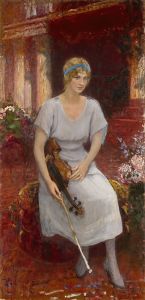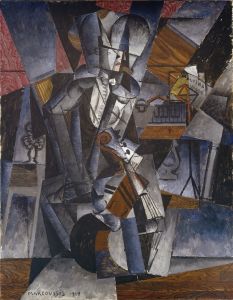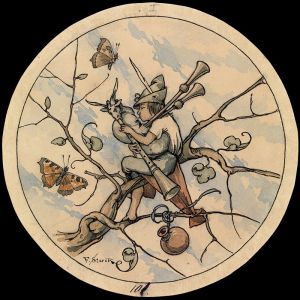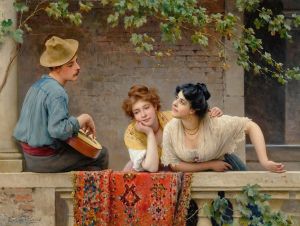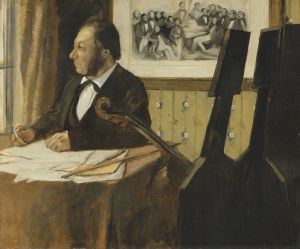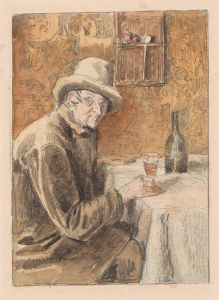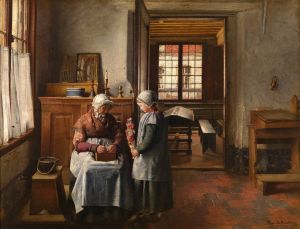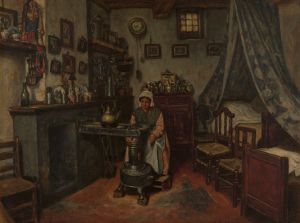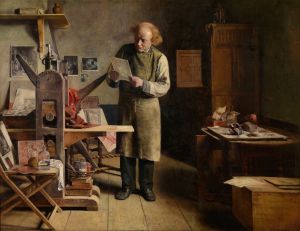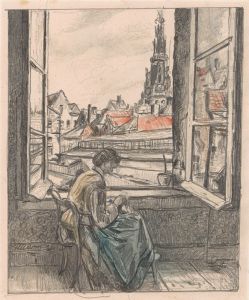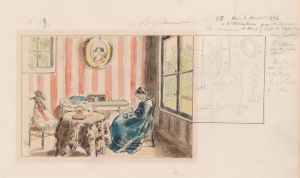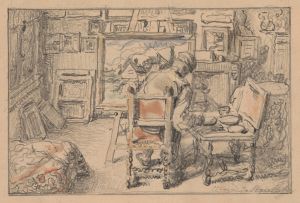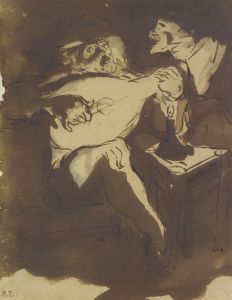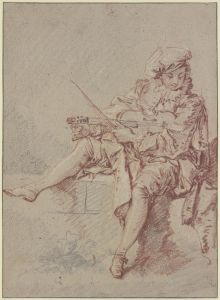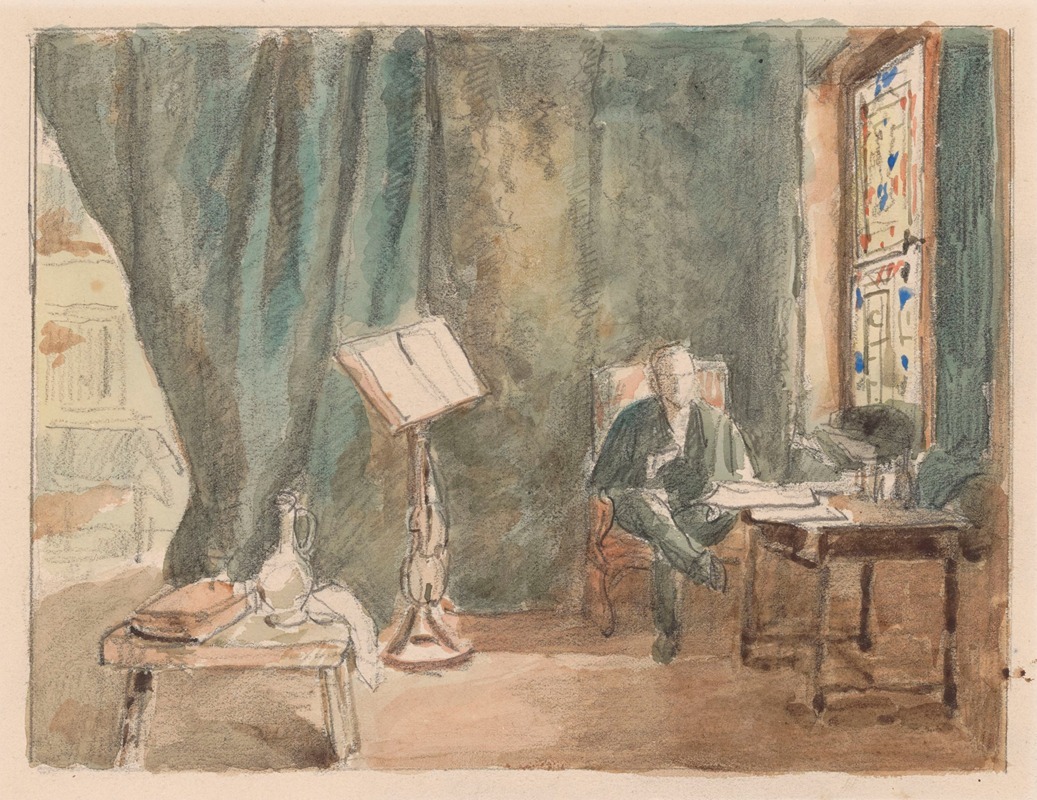
The Violin Player
A hand-painted replica of Henri de Braekeleer’s masterpiece The Violin Player, meticulously crafted by professional artists to capture the true essence of the original. Each piece is created with museum-quality canvas and rare mineral pigments, carefully painted by experienced artists with delicate brushstrokes and rich, layered colors to perfectly recreate the texture of the original artwork. Unlike machine-printed reproductions, this hand-painted version brings the painting to life, infused with the artist’s emotions and skill in every stroke. Whether for personal collection or home decoration, it instantly elevates the artistic atmosphere of any space.
Henri de Braekeleer was a notable Belgian painter of the 19th century, recognized for his detailed and atmospheric depictions of interior scenes and everyday life. One of his works, "The Violin Player," exemplifies his skill in capturing the quiet, introspective moments of domestic life, a theme prevalent in his oeuvre.
Henri de Braekeleer was born in Antwerp in 1840, into a family with a strong artistic lineage. His father, Ferdinand de Braekeleer the Elder, was a respected painter, and his uncle, Henri Leys, was a prominent figure in the Belgian Romantic movement. This familial environment undoubtedly influenced de Braekeleer's artistic development, providing him with both inspiration and guidance.
"The Violin Player" is a painting that showcases de Braekeleer's mastery of light and shadow, as well as his keen attention to detail. The painting depicts a solitary figure, absorbed in the act of playing the violin. The setting is an interior space, characterized by its warm, subdued lighting and meticulous rendering of textures and objects. This focus on the interplay of light and shadow is a hallmark of de Braekeleer's style, often drawing comparisons to the works of the Dutch Golden Age painters, particularly Johannes Vermeer.
De Braekeleer's work is often noted for its contemplative quality, and "The Violin Player" is no exception. The painting invites viewers to pause and reflect, capturing a moment of introspection and solitude. The musician, engrossed in his performance, seems oblivious to the outside world, creating a sense of intimacy and immediacy. This ability to convey mood and emotion through subtle visual cues is a testament to de Braekeleer's skill as an artist.
Throughout his career, de Braekeleer was associated with the Realist movement, which sought to depict subjects truthfully and without idealization. His paintings often feature ordinary people engaged in everyday activities, rendered with a high degree of realism and attention to detail. This approach is evident in "The Violin Player," where the focus is on the authenticity of the scene rather than any romanticized interpretation.
Henri de Braekeleer's contribution to art extends beyond his individual works. He played a significant role in the development of Belgian art in the 19th century, bridging the gap between the Romanticism of his uncle, Henri Leys, and the emerging Realist and Impressionist movements. His paintings, including "The Violin Player," reflect a deep understanding of both the technical and emotional aspects of art, making him a pivotal figure in the transition to modern art in Belgium.
Despite facing personal challenges, including periods of mental illness that affected his productivity, de Braekeleer's legacy endures through his evocative and meticulously crafted paintings. "The Violin Player" remains a testament to his ability to capture the quiet beauty of everyday life, resonating with audiences for its timeless depiction of a simple, yet profound, human experience.





